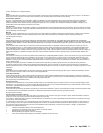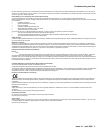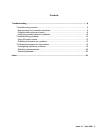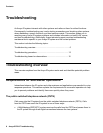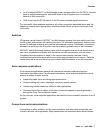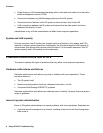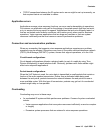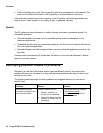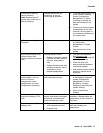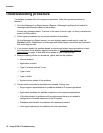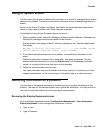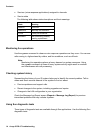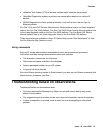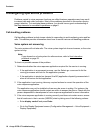Contents
Issue 1.0 April 2006 9
• TCIP/IP connections between the IR system and a server might be set up incorrectly, so
that required data is not available to callers.
Application errors
Applications manage voice response functions, so errors can be devastating to operations.
For instance, an application may call for the playing of recorded speech that does not exist,
or try to access the wrong server for speech. Applications that are not sufficiently tested, or
that are not tested under realistic conditions, can function poorly when used for business
operations. Voice response applications that are large and complex or that use system
resources inefficiently are the most common cause of performance problems.
Connection and communication problems
When any connection that supports voice response applications experiences a problem,
operations may be affected. Disruptions may occur in the public switched telephone network
(PSTN), MultiVantage (DEFINITY) system, servers that support operations, or in the LAN.
Circuit-based configurations
Circuit-based configurations allocate a physical cable (or part of a cable by using Time
Division Multiplexing) to each telephone call. Obviously, problems with these cables might
affect voice response applications.
Packet-based configurations
When the VoIP feature is used, the voice data is transmitted in small packets that contain a
fraction of the entire spoken transmission. Rather than a dedicated cable being used
between the end-points, packets traverse the network between the end-points via one or
more available routes. With this type of transmission, packets may get lost. An overloaded
network might delay or lose packets.
Overloading
Overloading may occur in these ways:
• An overloaded IR system exhibits performance problems. Causes of system overloaded
include:
― Voice response applications that use system resources inefficiently or are too complex
or lengthy
― Excessive system processes that are external to voice response operations




